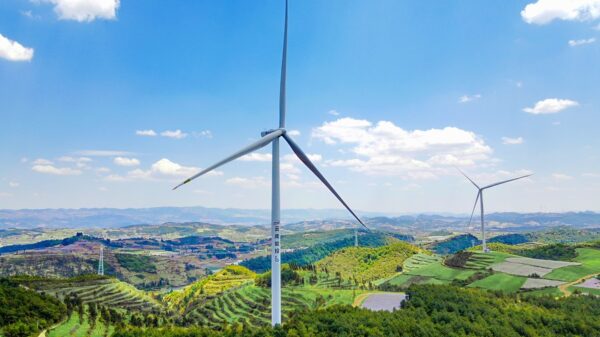 NAIROBI, Kenya, Feb 27 – An ambitious project targeting the construction of a network of major infrastructure developments in Kenya, Ethiopia and South Sudan will be officially launched on Friday this week.
NAIROBI, Kenya, Feb 27 – An ambitious project targeting the construction of a network of major infrastructure developments in Kenya, Ethiopia and South Sudan will be officially launched on Friday this week.
The ground breaking ceremony of the Lamu Port-South Sudan-Ethiopia Transport and Economic Development Corridor (LAPSSET) will pave the way for the construction of a new port, a 1,710 kilometre standard gauge railway line, an oil pipeline and international airports which are some of the project’s seven components.
“The feasibility and preliminary designs of LAPSSET corridor have been completed. A one Megawatt generation facility has been set up to ensure stable power supply at the construction site while the drilling of 10 boreholes to supply 1.2 million litres of water per day is ongoing,” Silvester Kasuku, the Infrastructure Secretary at the Prime Minister’s Office disclosed.
The project, which is the single largest infrastructure investment in Africa is estimated to cost Sh2 trillion ($24.5 billion) and will be financed jointly by the three countries over the next two decades.
Each country will bear the cost of the components that will be undertaken within its territory.
This will apply in the case of the high speed railway link that is projected to handle three and 4.7 million tonnes of imports and exports respectively by 2020; the 880km highway from Lamu to Isiolo, Isiolo to South Sudan and Isiolo to Ethiopia as well as the oil pipeline from Lamu to Ethiopia.
The proposed international airports at Lamu, Isiolo and Lokichoggio will be borne by Kenya with the help of donors and the private sector.
While acknowledging that the project is a capital intensive venture, Kasuku revealed that they have received numerous expressions of interest from global conglomerates that are keen to take part in financing the various projects.
He cited Toyota Tsusho Corporation which is carrying out its own feasibility studies for the oil pipeline.
On a recent tour of Kenya, General Electric’s chairman and Chief Executive Officer Jeffrey Immelt expressed his company’s desire to invest in the modern rail line which is one of the projects that is forecasted to guarantee returns of between 12.9 percent and 23.4 percent.
The completion of these projects is divided in phases with the road networks expected to be delivered in the next five years. The oil pipeline is scheduled to be on stream in the next 18 months, while at least three berths should be in place in the three to four years.
Benefits to be accrued from the myriad of these projects are diverse but are all geared towards enhancing these countries’ competitiveness as well as the promotion of socio-development which will positively impact more than 15 million people on the Northern, Eastern and Coastal parts of Kenya alone.
The project is also anticipated to inject between two and three percent of growth value to the country’s economy.
In addition to the socio-development impact, the integration of the three countries economies into a bigger market should give them the impetus to become a major player in the international trade arena.
Vision 2030 Delivery Secretariat Director General Mugo Kibati observed that the region would now be able to look forward to increased investments and benefit from economies of scale.
“A population of over 230 million people is important because economies of scale attract investment. Most major manufacturers want to set up their facilities only when they know that the market that they are addressing is a sizeable one,” he observed.
Kibati was however quick to manage citizens expectations saying that they should give the government adequate time to deliver the projects.
“Let’s recall that it’s a 20 year project and that if we rush it, we will get it wrong. We have got to invest in these projects systematically,” he emphasised.


































